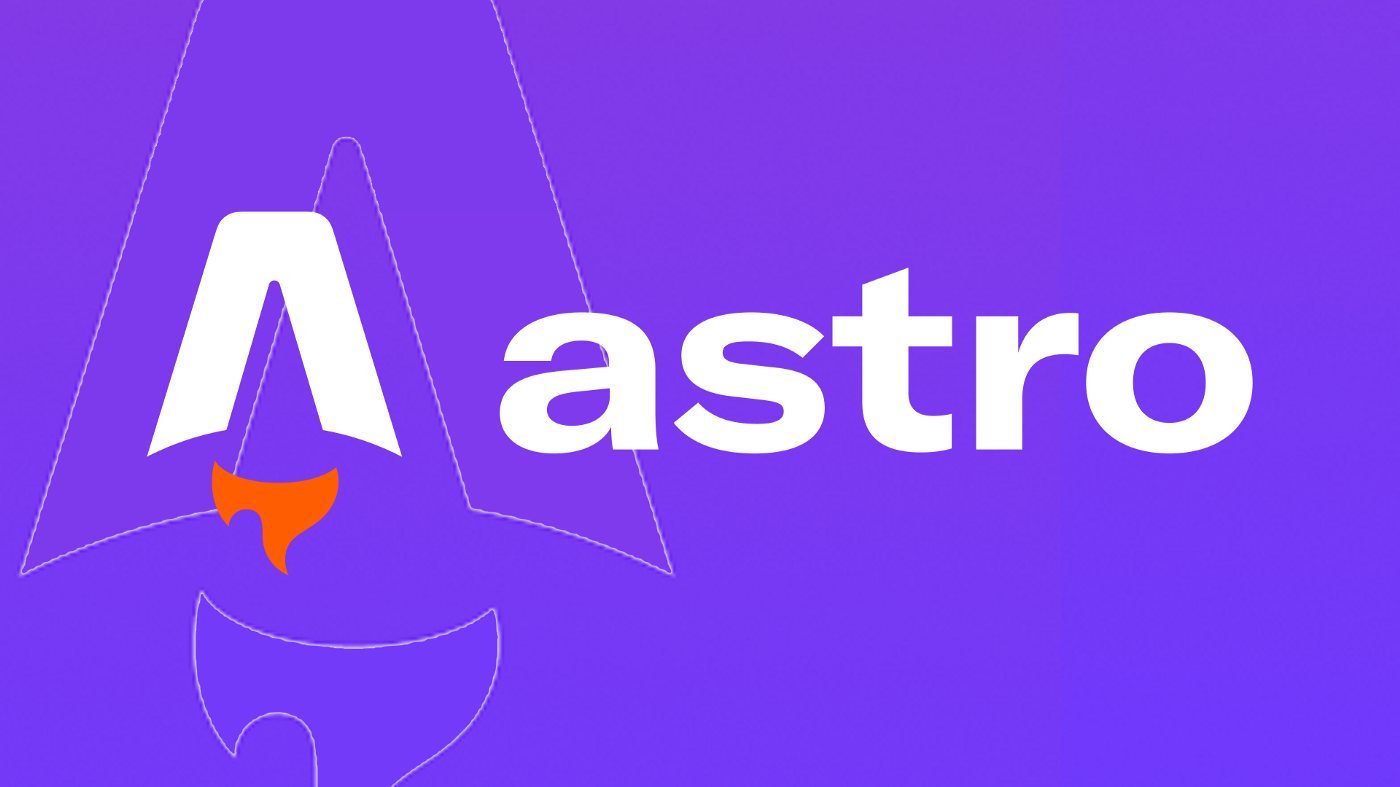Will ChatGPT Hurt or Help Jobs? As a language model, ChatGPT is capable of generating human-like responses to various prompts and questions. Its capabilities have been widely used in several industries such as healthcare, customer service, finance, and education. However, with the increasing use of AI-powered language models like ChatGPT, there is growing concern about its impact on the job industry.
In this blog post, we’ll examine both sides of the argument and discuss whether ChatGPT will help or hurt the job industry.
How ChatGPT can help the job industry:
- Automating repetitive tasks: ChatGPT can automate repetitive tasks such as responding to customer inquiries and complaints, scheduling appointments, and even conducting interviews. This can free up employees’ time to focus on more complex tasks and improve their job satisfaction.
- Enhancing productivity: ChatGPT can help employees become more productive by providing them with instant access to information and reducing the time it takes to complete certain tasks. For example, ChatGPT can quickly provide employees with information about company policies, procedures, and best practices, which can help them make better decisions and complete tasks more efficiently.
- Creating new job opportunities: While ChatGPT may automate some tasks, it can also create new job opportunities in industries such as AI development, data science, and content creation. As ChatGPT continues to evolve, the demand for skilled professionals who can work with these technologies will also increase.
How ChatGPT can hurt the job industry:
- Replacing human jobs: One of the biggest concerns about ChatGPT is that it can replace human jobs, especially in industries where repetitive tasks are common. For example, ChatGPT can be used to automate customer service and support, which can result in job loss for human customer service representatives.
- Reducing the quality of work: While ChatGPT can automate tasks, it may not always provide the same level of quality as a human worker. This is especially true when it comes to tasks that require emotional intelligence, empathy, and critical thinking. For example, ChatGPT may not be able to handle complex customer complaints or resolve conflicts as effectively as a human representative.
- Widening the skill gap: As ChatGPT and other AI-powered technologies become more prevalent in the job industry, it may widen the skill gap between workers who can adapt to new technologies and those who can’t. This could result in job loss and reduced employment opportunities for workers who are not able to keep up with the technological advancements.
Conclusion:
In conclusion, Will ChatGPT Hurt or Help Jobs? While ChatGPT and other AI-powered language models have the potential to automate repetitive tasks and improve productivity, they may also result in job loss and reduced employment opportunities. It’s important to note that AI is not a replacement for human workers, but rather a tool that can be used to augment their capabilities. To ensure that ChatGPT and other AI-powered technologies benefit the job industry, it’s important to focus on re-skilling and up-skilling workers to adapt to these technological advancements.





